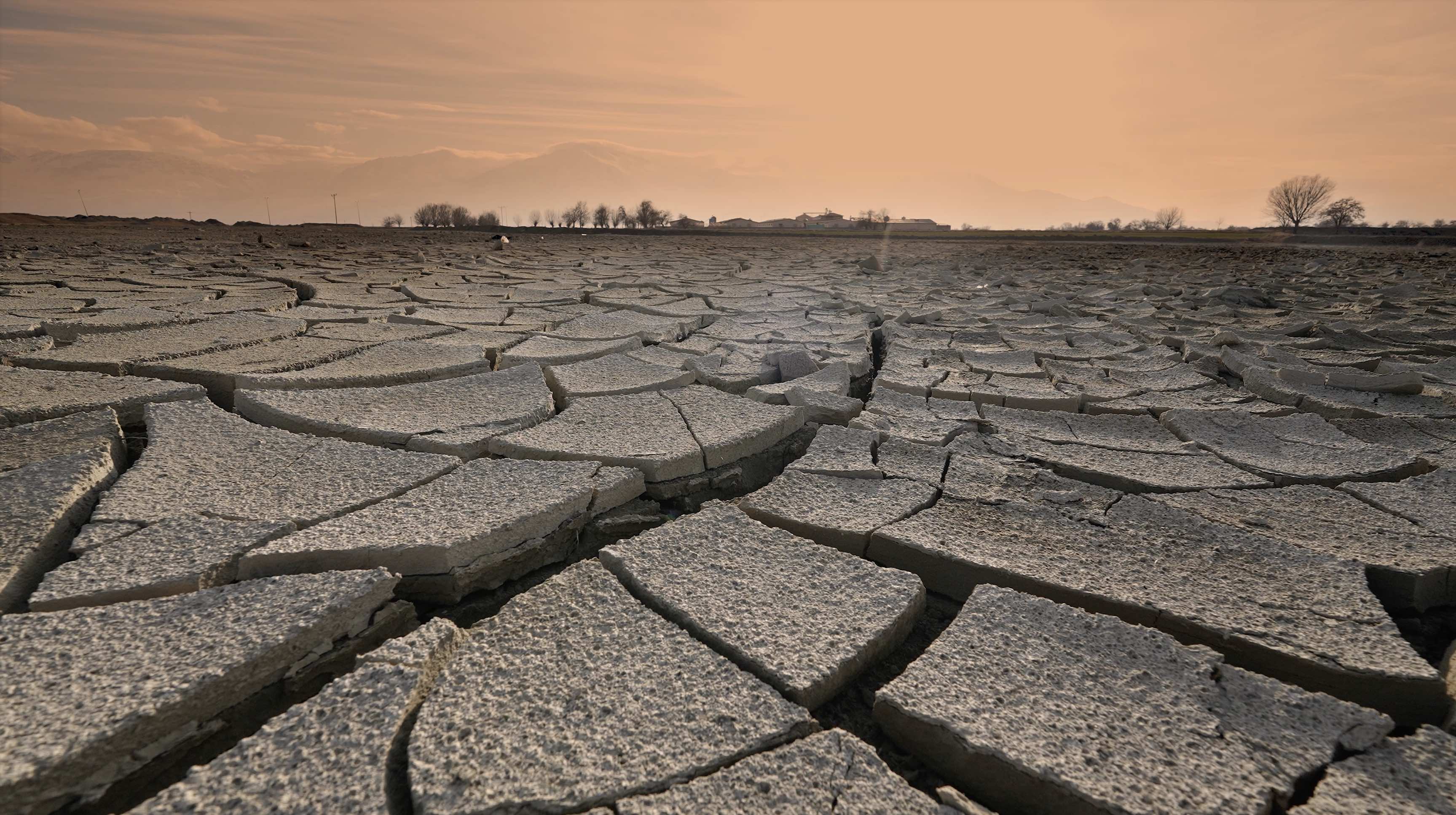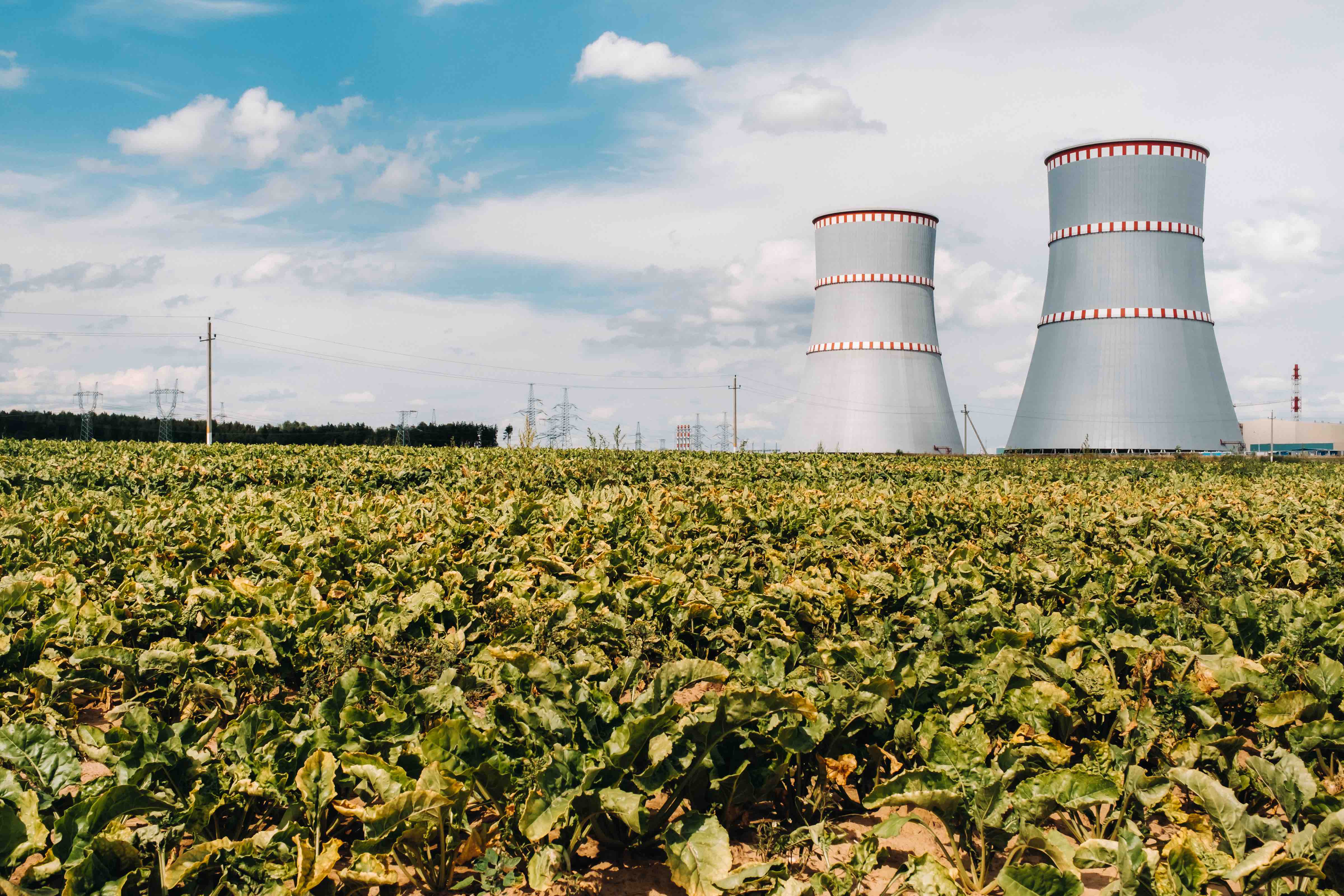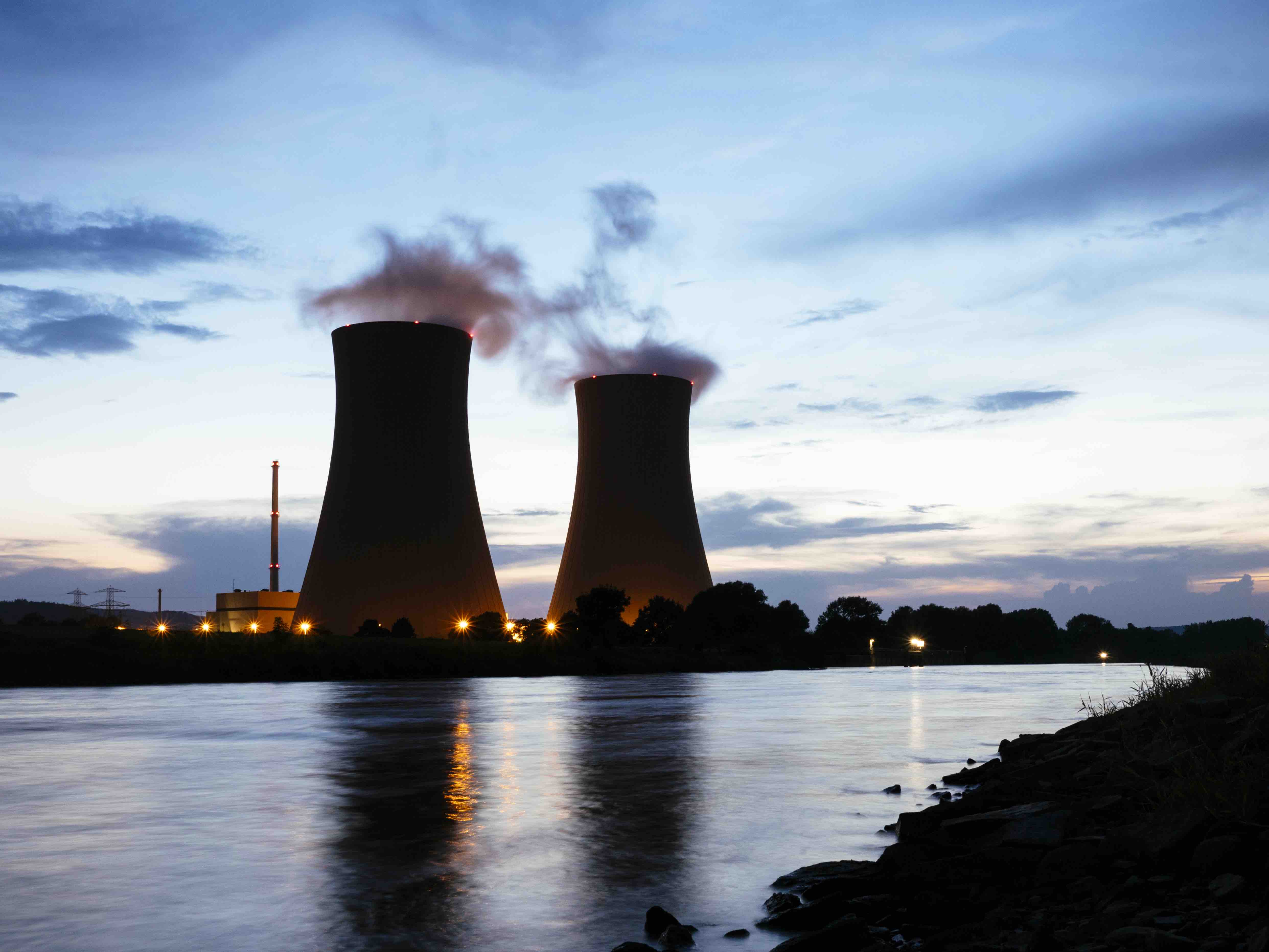
ENSO: Unraveling the Complex Dance of El Niño and La Niña in the Pacific
ENSO, short for El Niño-Southern Oscillation, is a climate phenomenon that occurs in the tropical Pacific Ocean, where the ocean and atmosphere interact. It has two main phases: El Niño and La Niña. El Niño happens when the ocean’s surface temperatures in the central and eastern Pacific become unusually warm, disrupting the normal atmospheric circulation. In contrast, La Niña occurs when these surface temperatures become cooler than usual. ENSO has a global impact, influencing weather patterns, temperature anomalies, and extreme events like hurricanes. Its effects are far-reaching, affecting worldwide agriculture, fisheries, water resources, and ecosystems.
El Niño’s Global Health Impacts
According to World Meteorological Organization (WMO), World Health Organization (WHO), 2023 report, the effects of El Niño have far-reaching health impacts worldwide. It affects the incidence of vector-borne and waterborne diseases, exacerbates wildfires and air pollution, and contributes to heat stress, floods, and droughts. The intensity and timing of these impacts vary depending on the strength of El Niño, the time of the year, and other factors.
It occurs on average every two to seven years, and episodes usually last nine to 12 months. Developing countries, with limited coping capacity and vulnerable populations, are particularly affected due to their dependence on natural resources and rain-fed agriculture, inadequate housing, limited access to healthcare and safe water, and existing infectious diseases.
Unprecedented Heat and Wildfires: Battling Nature’s Wrath as El Niño Returns
In an alarming revelation that sent shockwaves through the global climate community, it was reported that the world has just witnessed its hottest week on record, with average temperatures soaring to unprecedented heights. UN Secretary-General António Guterres aptly described the situation as “climate change out of control,” underscoring the urgent need for decisive action. The average global air temperature reached a staggering 62.9°F (17.18°C) on July 4th, breaking the previous record for the third day in a row.
Heat records are being broken all over the world. A heatwave enveloped Canada, shattering temperature records and leaving communities in a state of sweltering distress as wildfires of unparalleled magnitude engulf an area approximately 15 times larger than the average for this time of year.
With their fiery wrath, these early infernos unleash devastation and a thick curtain of hazardous smoke that permeates across borders, reaching the United States and posing additional threats to public health. The stage has been set for an unprecedented battle against the forces of nature, demanding collective action and resilience in the face of this unfolding climate drama as El Niño returns.
Unheard of sea temperatures, soaring 41°F (5°C) above average, have graced the Mediterranean since summer 2022. In Hyères, Southern France, divers and holidaymakers are relishing the rare delight of warm waters at 80.6°F (27°C), where tropical species like barracuda, ornate wrasse, triggerfish, and turtles—usually seen in Egypt’s Red Sea—have surprisingly appeared. This captivating phenomenon underscores the profound influence of rising temperatures on marine ecosystems, offering a glimpse into a world where unexpected encounters with exotic marine life become a reality.
What happened during the 2015-2016 El Niño?
In a global health crisis of unprecedented proportions, the 2015-2016 El Niño event emerged as a harbinger of disease outbreaks, wreaking havoc across the planet. Startling findings from NASA’s research illuminate the far-reaching impacts of this climatic phenomenon. The consequences were dire, as El Niño catalyzed a surge in infectious diseases, leaving nations grappling with many health challenges. Malaria, dengue fever, and Zika virus were among the diseases that experienced alarming upsurges during this tumultuous period. Southern Africa, South Asia, and South America bore the brunt of El Niño’s wrath, with these regions witnessing significant spikes in disease transmission.
The intricate relationship between El Niño, rainfall patterns, and temperature fluctuations was pivotal in creating favorable environments for disease-carrying vectors. Vulnerable communities, already burdened by limited resources and fragile healthcare systems, bore the greatest burden. These findings underline the urgent need to address the nexus of climate change and public health, with concerted efforts required to safeguard communities worldwide from the ominous threats El Niño poses and its associated consequences.
El Niño’s Resurgence: Navigating the Unpredictable Dance of Climate Dynamics
Amidst the atmospheric response to the tropical Pacific’s unusually warm sea surface, El Niño conditions have taken shape over the past month. This phenomenon is poised to persist into the upcoming winter season, with a notable likelihood of intensifying into a strong event at an encouraging 56%. There is a high probability, around 84%, of at least a moderate El Niño event unfolding.
These forecasts shed light on the anticipated trajectory of El Niño, highlighting its potential to influence global weather patterns and climate dynamics significantly.
According to World Meteorological Organization report, there’s a 98% probability that at least one of the next five years will break temperature records, surpassing the previous record set during the robust 2016 El Niño event. The announcement serves as a clarion call for governments worldwide to brace themselves for the impacts on health, ecosystems, and economies, emphasizing the need for early warnings and swift action to mitigate the potential devastation.
This resurgence of El Niño exacerbates the ongoing global temperature rise, demanding urgent alignment with the Paris Agreement goals. The agreement sets a goal of keeping global temperature rise well below 2 degrees Celsius above pre-industrial levels and pursuing efforts to limit the increase to 1.5 degrees Celsius.
As WMO states El Niño’s impact reaches far beyond mere temperature fluctuations, encompassing a complex interplay of weather systems and regional storm patterns. Known for its ability to bring increased rainfall to certain regions like South America and parts of Asia, it can also unleash devastating droughts in places such as Australia and Indonesia.
In the realm of hurricanes, El Niño’s warm waters can act as a catalyst for Pacific storms while simultaneously inhibiting their formation in the Atlantic Basin. As we witness the gradual warming of the equatorial Pacific and the rising sea surface temperature anomalies, we find ourselves navigating a dynamic climate landscape that demands early warnings and proactive measures to safeguard lives and livelihoods from the captivating yet unpredictable rhythms of El Niño’s climatic dance.
In the face of the reemergence of El Niño and its profound impacts on our climate, we are confronted with a critical juncture in our collective response to the ever-growing threats of global warming. The recent record-breaking temperatures and the associated health, environmental, and economic consequences are a stark reminder of the pressing need to address the climate crisis.
Governments, communities, and individuals must take proactive measures, prioritize sustainability, and build resilience. Only through collective action can we hope to alter the course of our planet’s destiny and safeguard the well-being of all its inhabitants.







